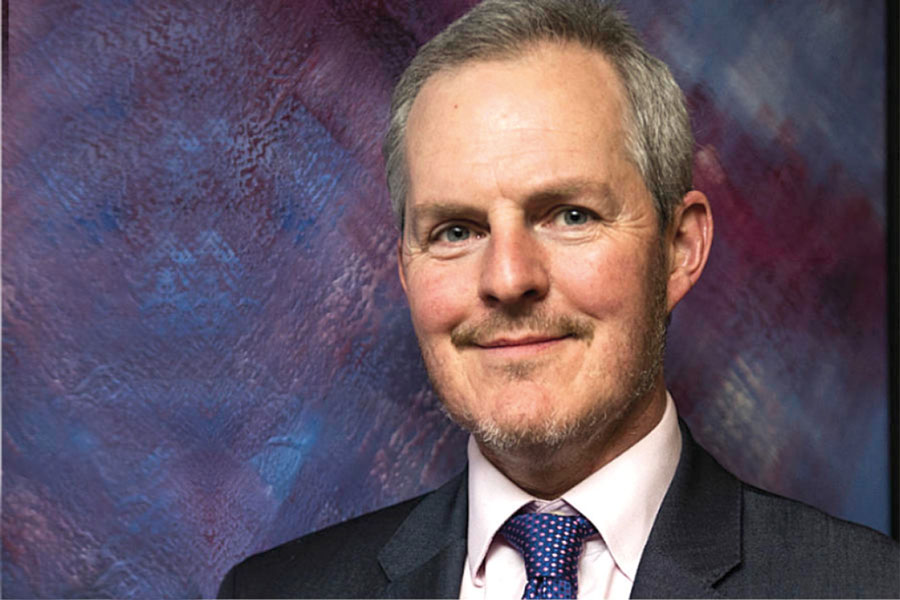
Jim Kaye, Executive Director, FIX Trading Community
Thirty years ago this summer, a small book was published by a group of like-minded firms in the financial industry. This was a recipe book with the slightly unappetising name ‘FIX Protocol version 2.7’. This book (and its lengthy successors) cooked up a feast of economies and innovation that has helped to transform trading over the last thirty years.
To go back to the early 1990s is to go back to an era before smartphones, when the internet was beginning to creep out of universities and become a real-world phenomenon, when computers were becoming cheap enough and powerful enough to fit on (or under) traders’ desks, and Blur (or Oasis, depending on personal preference) ruled the airwaves. Electronic trading systems were beginning to emerge, particularly on exchanges and a handful of brokers, but they were disjointed. If you wanted to trade electronically with five brokers, you’d need five different systems, and these could be different physical systems with their own network and even own screen. To cater for a world where asset managers typically had up to one hundred brokers to pick from, that dog’s breakfast was clearly never going to scale, so something had to be done.
This story isn’t about how ‘FIX Protocol version 2.7’ (and its lengthy successors) kick-started the mass adoption of electronic trading, or what that in turn did to trading volumes, spreads, commissions, overall execution costs, risk management, data analytics, regulation, market structure across first equities and then listed derivatives, FX and fixed income markets. This story is about what happened right at the beginning, and, like all good stories, it is about people.
There are many heroes to this story. There are those who wrote the early versions of the protocol. There are those who travelled the world promoting it. Those who built commercial applications using the recipe book without knowing for certain they would be used. But the real heroes are the people who allowed all this to happen – who spent their staff’s time, in some cases spent their firm’s money on getting this off the ground. This wasn’t a closed consortium – this was an initiative with neutrality and openness baked in from the start, concepts that remain to this day.
Today’s financial world is far more complex than that of 30 years ago. Everything moves faster. Technological innovation is not just about making things faster and cheaper, it is about fundamentally changing how technology works and what we can do with it. People are busier with gains in productivity being offset by the amount of work they are presented with. Spare time is scarce, and so it is essential that people are allowed to spend some of their precious working time, and allocate their insight and experience, to shared initiatives, be that FIX, CDM or many others. It’s an investment in those people (who gain valuable skills along the way) and in the industry as a whole.
This story is far from over, indeed probably doesn’t even have an ending. Artificial intelligence and distributed ledger technology are hugely exciting, but it’s not clear what their impact will be. Hundreds of firms are trying things. Some will work, some won’t. But even for those that do, large scale adoption will be far easier when like-minded individuals work together and then share their results. Collaboration, dedication and openness kick-started electronic trading. If these new technologies are going to bring in electronic trading mark 2, we will need that same spirit to make it happen.
Global Trading is proud to be the official publication of the FIX Trading Community worldwide.
The FIX Trading Community is committed to continuing the work of the last thirty years, working across the industry to help solve the implementation challenges and opportunities presented by regulatory change, new technologies and market evolution. From the handling of market outages, to electronification of securities lending, to increasing trade processing efficiency for T+1 settlement, to developing standards for interoperability across digital asset technologies, there is a huge amount to do, and that’s just for this year. This will only happen with the help, guidance and input from the same types of knowledgeable and dedicated individuals who started the electronic trading revolution thirty years ago.
©Markets Media Europe 2024

